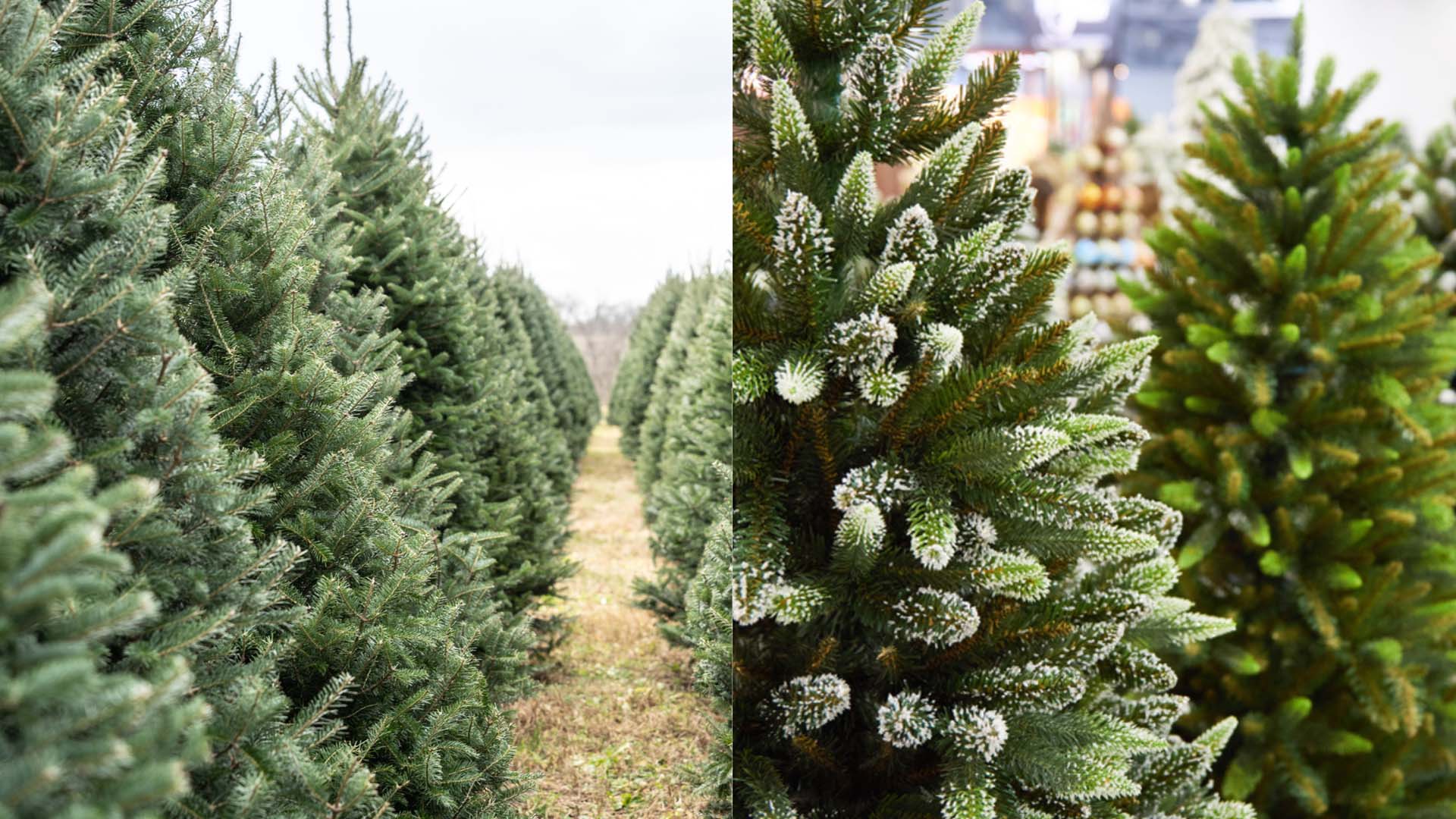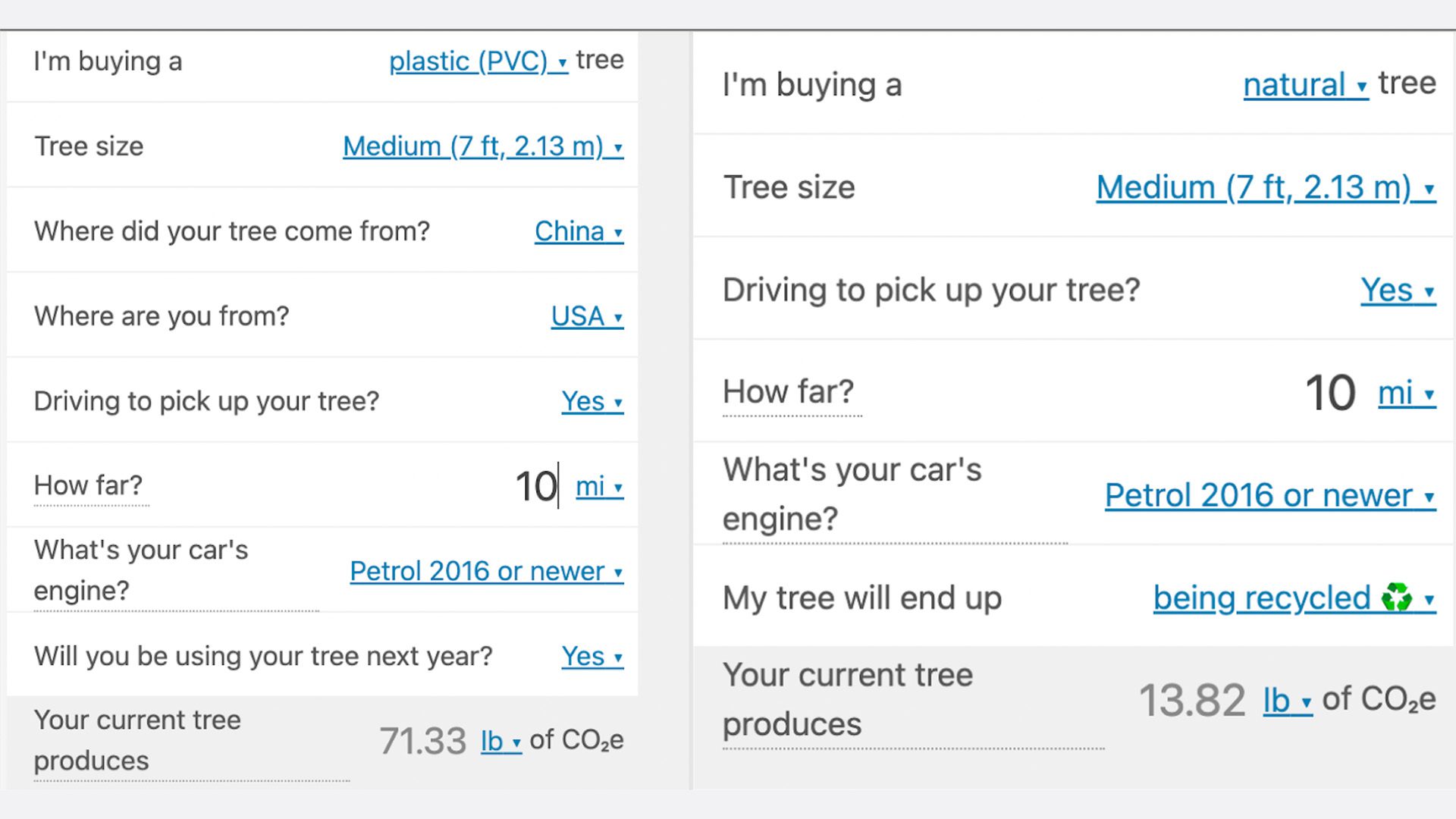Many households face the same question every holiday season: should we get an artificial or real Christmas tree? While both trees have their pros and cons, opting for a real tree tends to be more environmentally friendly.

Artificial Trees
Many artificial tree users believe that artificial trees are better for the environment because they can be used many times. Even though their reusability is true, fake trees will never compose like real ones because they are often made from polyvinyl chloride (PVC). PVC is one of the most environmentally-damaging plastics because of its high chlorine content which accumulates in animals’ bodies and the ocean. PVC is also very difficult to recycle and ends up in a landfill.
Furthermore, up to 80 percent of artificial trees worldwide are made in China and travel an average of 8,000 miles from their source to their final destination. This means that a large number of carbon emissions are released to produce and transport the tree to your home.
Real Trees
In comparison, while cutting down trees sounds bad, for every Christmas tree cut down, another three trees are planted each year. There are also around 350,000 acres of green space reserved for growing Christmas trees in the U.S. This enables the Christmas tree industry to operate as a market-induced carbon-offset mechanism—thousands of Christmas tree farms sequester as much as one tonne of carbon per acre.
Real trees also travel an average of 200 miles to their final destination and do not require any production processes. Additionally, real Christmas trees support local farmers and producers, encourage young-growth forests, and filter air and produce oxygen while inside.
Calculate Your Christmas Tree Footprint

In order to calculate the true environmental impact of your Christmas tree, check out My Christmas Tree Footprint Calculator. You pick your type of tree, how you are getting it, where the tree will end up, and more.
Take a look at the above image, for example. In this specific scenario where all of the factors stay the same except for the type of tree, the artificial tree produces almost six times more carbon emissions than a natural tree.
The Christmas Tree Footprint Calculator also offers tips on how to further reduce your carbon footprint this holiday season. For example, if you do have an artificial tree, make sure you use it for as many years as possible. If you’re opting for a natural tree, consider replanting or recycling it. You can even donate the tree to your local zoo—many zoos take used Christmas trees for elephant treats or decorations!
For more blogs about winter, check out indoor and outdoor winter plants, best botanical gardens to visit, space events to look forward to, and the best ways to escape the winter.




